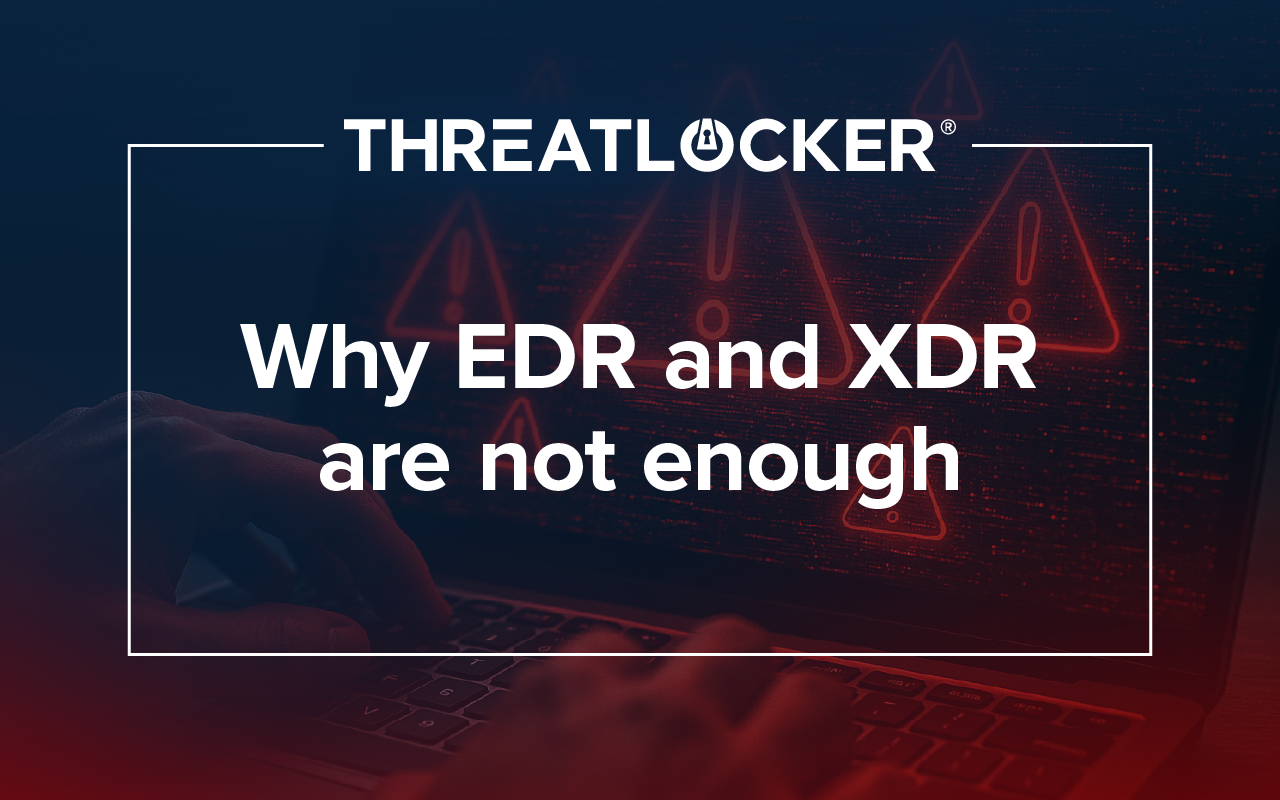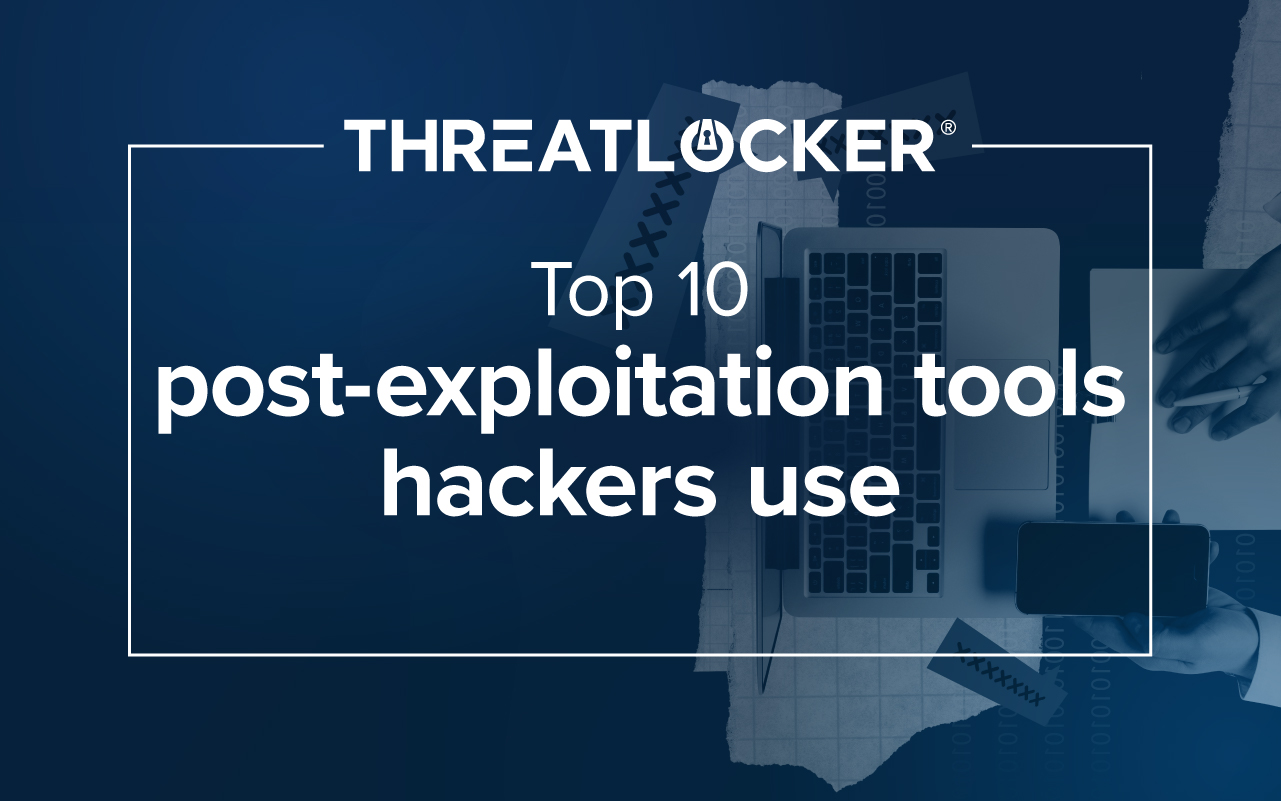Table of contents
Does the term "zero-day vulnerabilities" ring a bell? If you said yes, you have probably read or heard about them in light of their spike in recent years.
What Is a Zero-Day Vulnerability?
There are a multitude of ways for cyber threat actors to cause harm to your organization. Attacks may result from phishing scams, poor password protection, or exploiting vulnerabilities in your organization's system. A vulnerability occurs when a device or software has any weaknesses or errors in the code. These vulnerabilities can be exploited by threat actors, potentially giving them the ability to access and compromise your network. It is once they are discovered or disclosed without having yet been patched that they become known as zero-day vulnerabilities.
When word gets out that a vulnerability can be exploited, threat actors then aim their focus on this software. A vulnerability such as this, when exploited, can lead to countless people falling victim to cyberattacks. Unfortunately, in many cases, developers will not discover the vulnerability in their products until an attack has occurred; when it is too late to help some users. However, once a system or software company does get word that a vulnerability has surfaced in their products, they immediately take action to work on creating software patches. These updates fix and remove vulnerabilities, reducing the number of future victims.
Zero-Day Vulnerabilities Exploited In-the-Wild
In a report by Maddie Stone of Google Project Zero, published at the halfway mark of 2022, Stone gives the status of zero-days so far this year. She states that as of June 15, 2022, a total of 18 zero-day vulnerabilities were detected and had been disclosed as exploited in-the-wild. This followed another report published at the end of 2021, which observed that 2021 had seen the highest number of vulnerabilities exploited ever. It had the highest count of the previous six years, doubling 2015's 28 exploited vulnerabilities with its record-breaking 58.
What Does This All Mean for You?
Trends point to the acceleration of vulnerability exploits as time passes and threat actors' tactics and technology advances. The developers of the software(s) containing zero-day vulnerabilities can only release patches as fast as they find out about their existence. Protecting your organization at this moment seems incredibly difficult, but it is not impossible.
What Can You Do?
The best way to ensure the defense of your organization's software(s) is by taking the proactive steps necessary to ensure the safety and protection of your confidential data. First, update your system and software as soon as possible with each new update release. You should also consider investing in a robust cybersecurity stack. Products like Endpoint Detection and Response (EDR) solutions are good for responding to endpoint security risks within your organization.
Developers release these updates to patch vulnerabilities, fix bugs, and handle other problems brought up by consumer concerns. Incorporating new updates and EDR solutions are strong first steps to implementing a proactive approach that stops threat actors and their malicious software from harming your organization.
Newer anti-viruses are able to record and analyze events occurring within your system to detect suspicious activity, alerting you when an exploit has occurred as soon as possible to help limit the damage. Incorporating a strong anti-virus tool into your cybersecurity stack offers more protection and helps to prevent and respond to zero-day attacks.
ThreatLocker's Proactive, Zero Trust Security Solution
ThreatLocker follows a strict zero-trust philosophy in cyber and endpoint security and provides you with the protection of policy-based controls. Our Allowlisting and Ringfencing™ solutions harden your security stack working together as your organization's first and second lines of defense.
Allowlisting gives you control over which applications can run and which can not. It enables you to strictly allow only the applications you need to run and block everything else. Should a vulnerability be exploited, it would be blocked from being used to run other applications, including malware and ransomware, as these rogue applications are not on the Allowed list.
Ringfencing™ is an invaluable tool that gives you the power to define how your applications interact with other applications, network resources, registry keys, files, and registries. Should an application you have permitted to run with Allowlisting become exploited, Ringfencing™ steps in to prevent them from causing damage to your network by stopping the exploited applications from interacting with built-in tools such as PowerShell, Command Prompt, and Windows components, which can be weaponized and are often used as the first stage of cyber attacks.
Interested in learning more about Allowlisting and Ringfencing™ or one of ThreatLocker other three solutions? Book a demo with the Cyber Hero Team today!





